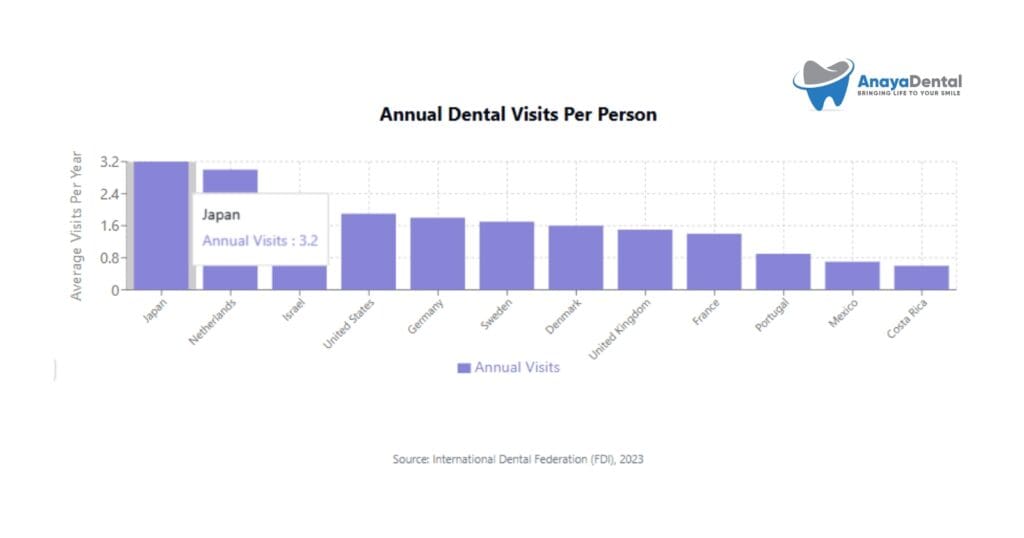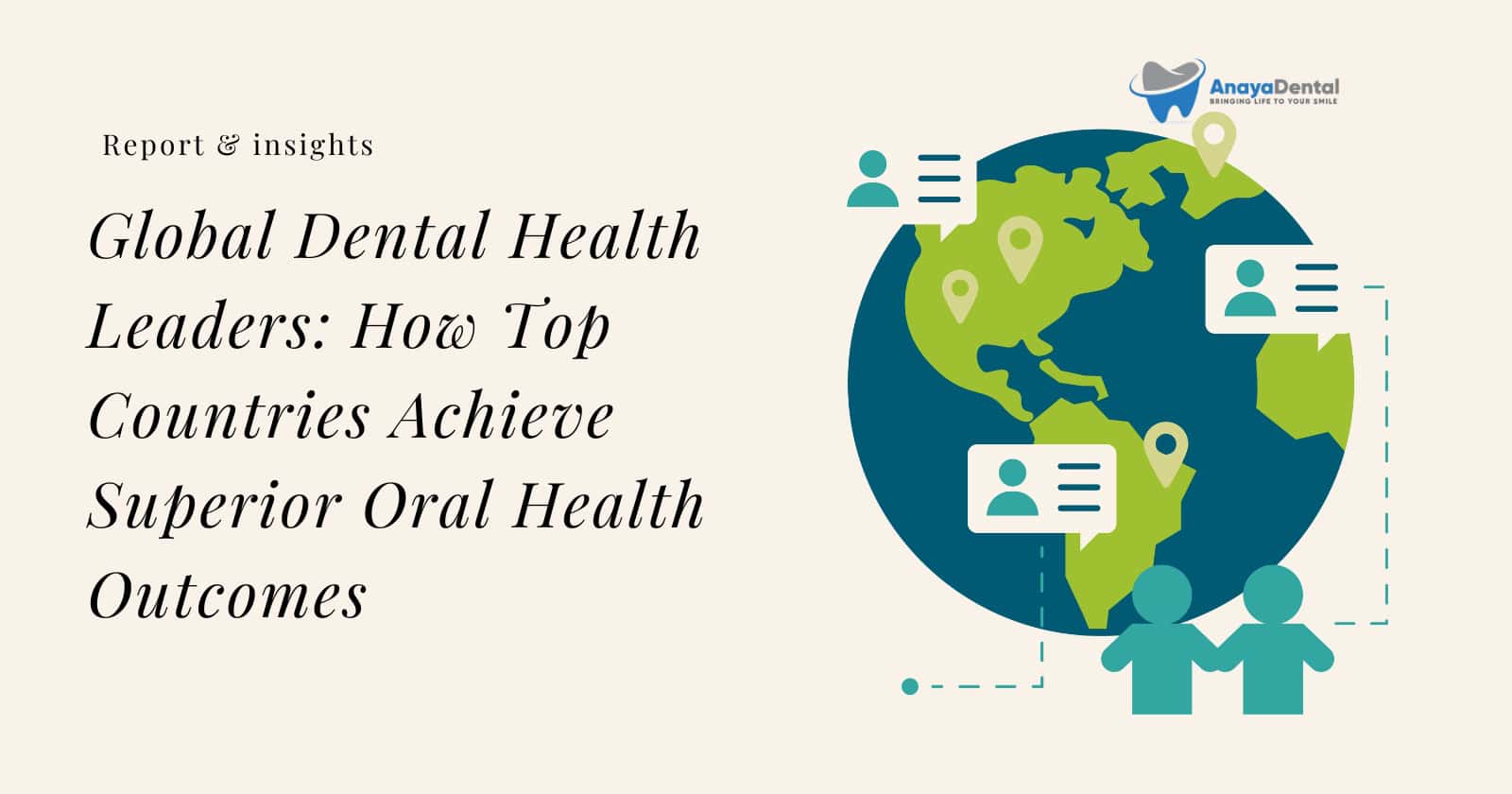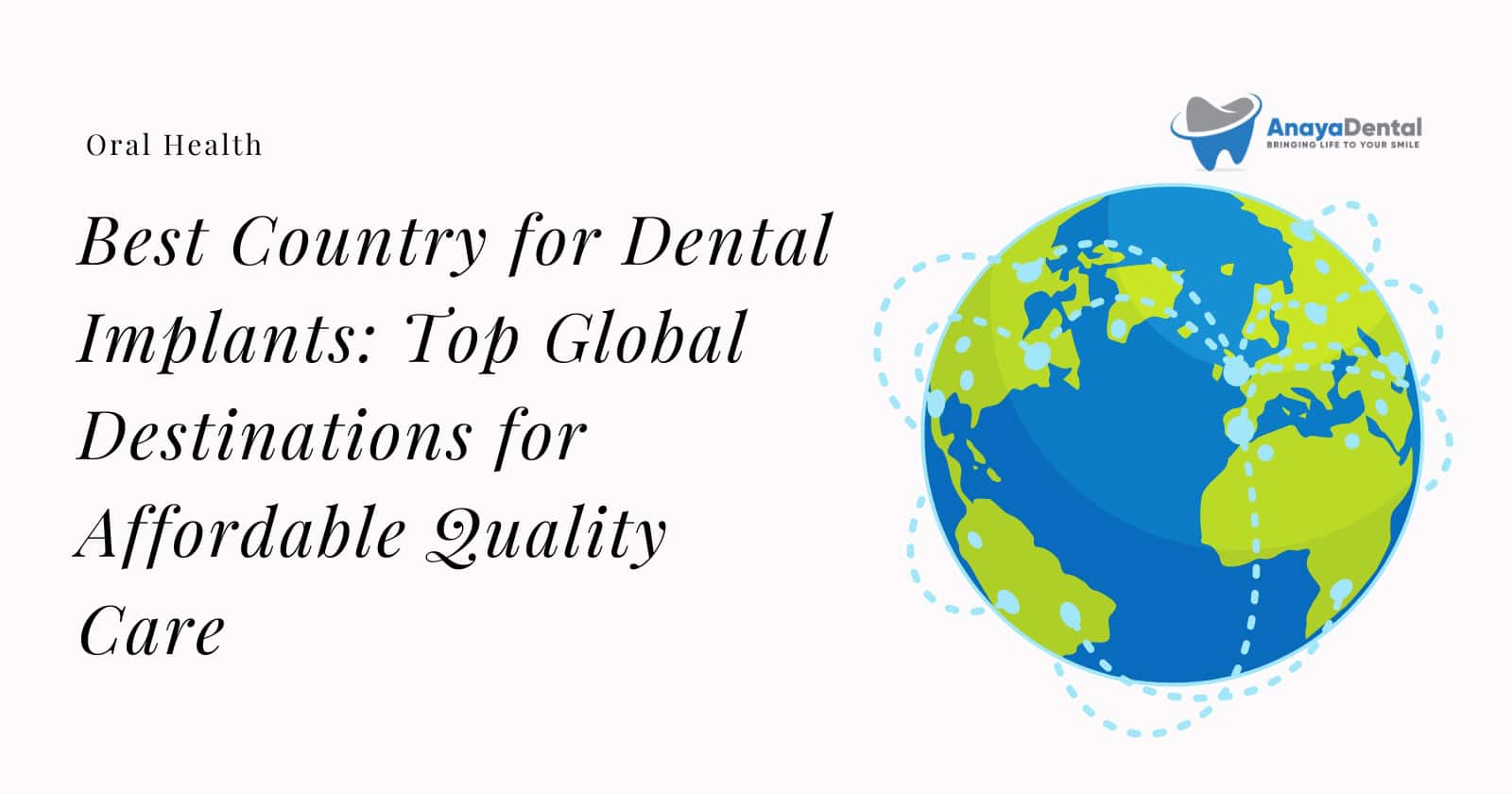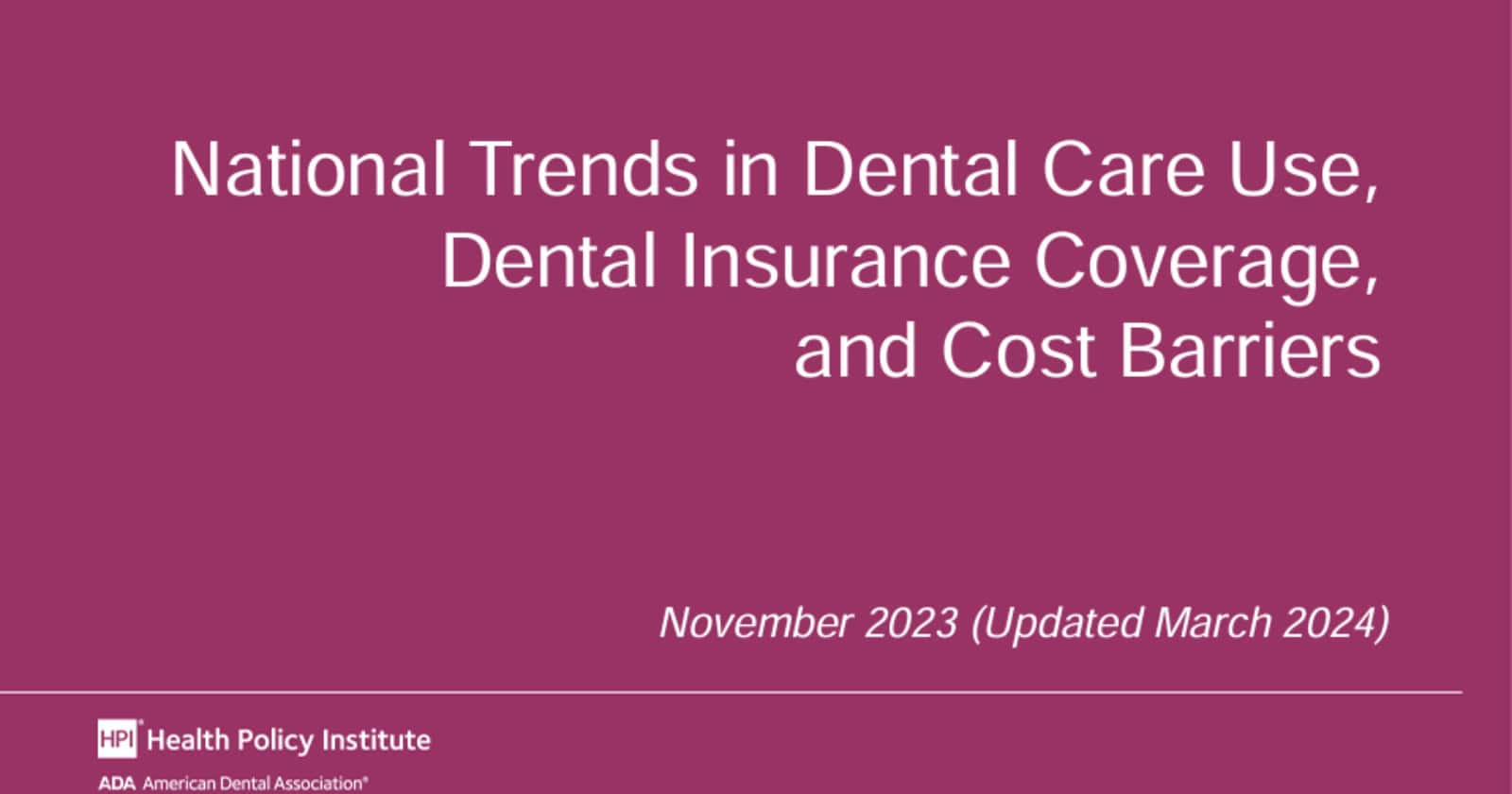Understanding the Global Dental Health Rankings
Dental experts worldwide use the DMFT Index (Decayed, Missing, and Filled Teeth) as the primary measurement of population oral health. This standardized assessment provides a clear picture of dental health across different nations, with lower scores indicating better oral health conditions.
The most recent global dental health data reveals significant variations in oral health outcomes, with several countries consistently outperforming others.
Top 10 Countries for Dental Health by DMFT Score
| Rank | Country | DMFT Score | Notable Factors |
|---|---|---|---|
| 1 | Denmark | 0.4 | Comprehensive public dental programs |
| 2 | Germany | 0.5 | Strong preventive care emphasis |
| 3 | Finland | 0.7 | Early childhood dental education |
| 4 | Sweden | 0.8 | Dental subsidy system for all ages |
| 5 | United Kingdom | 0.8 | NHS dental coverage |
| 6 | Switzerland | 0.9 | Advanced dental technology |
| 7 | Canada | 1.0 | Mix of public and private care |
| 8 | Mexico | 1.1 | Improving access despite constraints |
| 9 | United States | 1.2 | High-quality care but access issues |
| 10 | France | 1.2 | Universal healthcare coverage |
“The countries leading in dental health all share a strong emphasis on prevention rather than just treatment,” explains Dr. Robert Chen, Director of International Dental Public Health at University College London. “Regular check-ups, fluoridated water, and dental education from early childhood create the foundation for lifelong oral health.”
Try Our Dental Calculators
Beyond DMFT: Alternative Measures of Dental Excellence
While the DMFT Index provides valuable insights, other metrics offer additional perspectives on global dental health leadership:
Dental Visit Frequency
Japan leads the world in dental visit frequency with an impressive 3.2 visits per person annually. For comparison, the Netherlands (3.0 visits) and Israel (2.3 visits) follow closely behind. These regular check-ups allow for early intervention and preventive care—key factors in maintaining optimal oral health.

“Regular dental visits are crucial for detecting problems before they become serious,” says Dr. Sophia Nakamura, DMD, a practicing dentist with international experience. “The Japanese approach of frequent, short visits creates a culture where dental care is viewed as routine maintenance rather than something to fear.”
The Teeth Consciousness Index
This alternative ranking system evaluates countries based on various factors including sugar consumption, dentist availability, and oral hygiene practices:
- Qatar (80.8) – Features exceptionally low sugar consumption and high dentist-to-population ratio
- Oman (77.8) – Strong emphasis on preventive dentistry
- Japan (76.7) – Highest number of dentists per capita and frequent check-ups
What Makes These Countries Dental Health Leaders?
The world’s top-performing dental health nations share several common approaches that contribute to their impressive statistics:
1. Prevention-Focused Systems
Countries like Denmark and Germany have built healthcare systems that prioritize preventive care over treatment. Regular check-ups, cleanings, and early intervention are standard practice, often covered by public health systems or insurance.
2. Universal Access to Care
In Sweden, the dental subsidy system ensures that quality dental care remains affordable for all citizens regardless of income level. This approach removes financial barriers that often prevent people from seeking regular dental care.
3. Strong Dental Education Programs
Finland’s exceptional dental health begins with comprehensive education programs starting in early childhood. Schools actively participate in teaching proper brushing techniques, healthy dietary habits, and the importance of regular dental visits.
4. Balanced Dietary Practices
Many top-ranking countries, particularly in Scandinavia, have lower sugar consumption rates than global averages. Qatar’s top position in the Teeth Consciousness Index is partly attributed to its population’s relatively low sugar intake.
5. Integration with Overall Healthcare
The countries with the best dental health typically view oral care as an essential component of overall health, not as a separate specialty. This integrated approach ensures that dental issues are addressed as part of comprehensive healthcare.
Implementing Global Best Practices Domestically
The successful approaches from global dental health leaders offer valuable lessons for improving oral health outcomes in other regions:
Adopting a Prevention-First Mindset
Rather than focusing primarily on treatment, healthcare systems can emphasize and incentivize preventive care. Regular scheduled check-ups every six months, even in the absence of symptoms, help identify issues at earlier, more treatable stages.
Expanding Insurance Coverage Models
While the U.S. ranks ninth in dental health, access to care remains inconsistent. Expanding dental insurance options, creating more affordable discount plans, or integrating dental coverage into broader healthcare systems could improve population-level outcomes.
Implementing Sugar Consumption Policies
Countries with the best dental health typically consume less sugar. Public health initiatives targeting reduced sugar consumption have shown promise in improving overall dental health metrics in several top-performing nations.
Prioritizing Early Childhood Dental Education
In Finland and other Nordic countries, dental health education begins in early childhood. Implementing similar educational programs in schools and community centers can establish healthy habits that persist throughout adulthood.
Advancing Preventive Treatment Access
Many top-ranking countries employ advanced preventive treatments like dental sealants and professional fluoride applications. Increasing access to these preventive measures can significantly reduce the incidence of dental caries and other common oral health issues.
Quick Review
The world’s dental health leaders—including Denmark (DMFT 0.4), Germany (DMFT 0.5), and Finland (DMFT 0.7)—achieve their impressive results through comprehensive approaches to oral health. Their success stems from prevention-focused care, universal access, strong education programs, moderate sugar consumption, and integration with overall healthcare.
These principles offer a roadmap for improving dental health outcomes in regions with higher DMFT scores. By implementing similar systemic approaches, countries can work toward achieving the exceptional oral health standards seen in the world’s top-performing nations.
Sources:
- World Health Organization. (2022). Global Status Report on Oral Health. WHO.
- Sunbury Dental House. (2023). Who Has the Best Teeth in the World? Retrieved from https://sunburydentalhouse.com.au/who-has-the-best-teeth-in-the-world/
- Kent Express. (2024). The Most Teeth-Conscious Countries. Retrieved from https://www.kentexpress.co.uk/blog/the-most-teeth-conscious-countries





